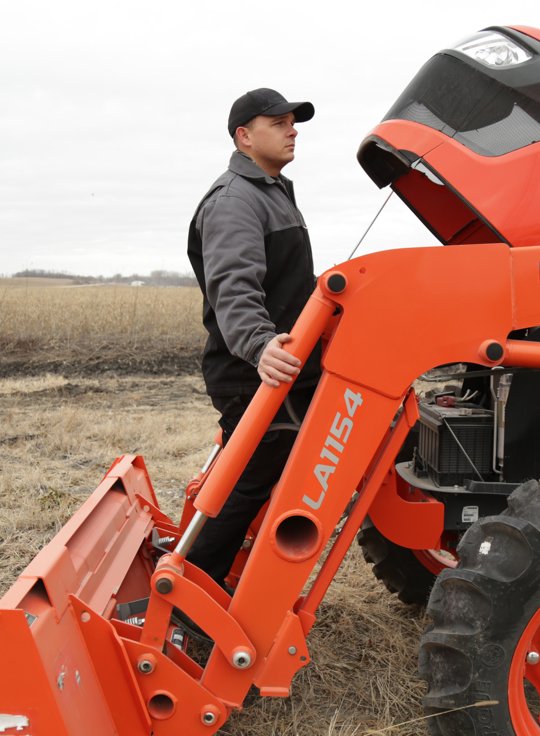Learn About "Right to Repair"
Like countless industries, modern farm equipment has become more advanced to increase efficiency, safety, and even comfort for farmers. Manufacturers invest considerable resources in innovations that result in cutting-edge agricultural equipment that help farmers and ranchers increase productivity with maximum efficiency. That's why our industry is committed to empowering farmers, ranchers, and other end users with the tools necessary to make repairs to their equipment.
Farming equipment also has federal safety and environmental laws that apply to it. It’s illegal to modify or tamper with settings that would alter the emissions or safety standards.
In recent years, some state legislatures have considered “Right to Repair” laws that would jeopardize the safety and sustainability regulations governing modern farm equipment. Farmers and ranchers have the ability to perform the vast majority of repairs on their equipment unless it impacts federally mandated safety or emissions regulations. But special interest groups have pushed for overly broad proposals that would raise the possibility of giving unauthorized access to the software code that manufacturers develop as part of their machinery.
Our industry is committed to empowering farmers, ranchers, and other end users with the tools necessary to make repairs to their equipment.
That’s why members of the Association of Equipment Manufacturers (AEM), the North American Equipment Dealers Association (NAEDA), and Associated Equipment Distributors (AED) have agreed to make a series of diagnostic and repair tools available to owners of tractors and combines by January 1, 2021.While farm equipment manufacturers often compete against one another, the industry has made a commitment to provide a comprehensive toolkit of service tools available to help end users perform service and maintenance on their machinery. A number of manufacturers of farm equipment already make a number of these tools available. Read more about our Statement of Principles.
Overly broad "Right to Repair" laws carry serious risks:
Safety: Allowing access to source code would risk allowing a user to override safety features required as part of modern farm equipment.
Sustainability: Farm equipment must comply with environmental and emissions standards, which could be jeopardized by granting access to source code.
Innovation: Manufacturers and dealers invest considerable resources in developing cutting-edge technology to help create better farming equipment; granting access to source code would jeopardize manufacturers’ intellectual property and stifle innovation.

Manufacturers and dealers support the right to repair equipment – but not the right to modify.
The commitment made by farm equipment manufacturers and their dealers to provide end-users with the tools they need to make nearly all necessary repairs is a commonsense solution that addresses their customers’ needs. It reaffirms the longstanding commitment to farmers and ranchers by ensuring that farmers and ranchers have the tools they need without opening the door to dangerous and illegal tampering.
State legislatures have considered a variety of ‘Right to Repair laws” that cover a broad range of consumer products, from personal technology devices to household appliances to passenger vehicles.
But “Right to Repair” laws pushed by special interest groups, that include machinery used in production agriculture, are too broad.
Watch this video to learn how farmers and ranchers can navigate diagnostic tools to perform service and maintenance on equipment, or determine when to involve a dealer’s help for more complex repairs.
When you are finished, click here to learn more about the commitment manufacturers and dealers have made to providing additional service tools.